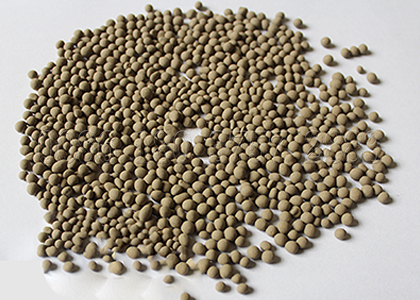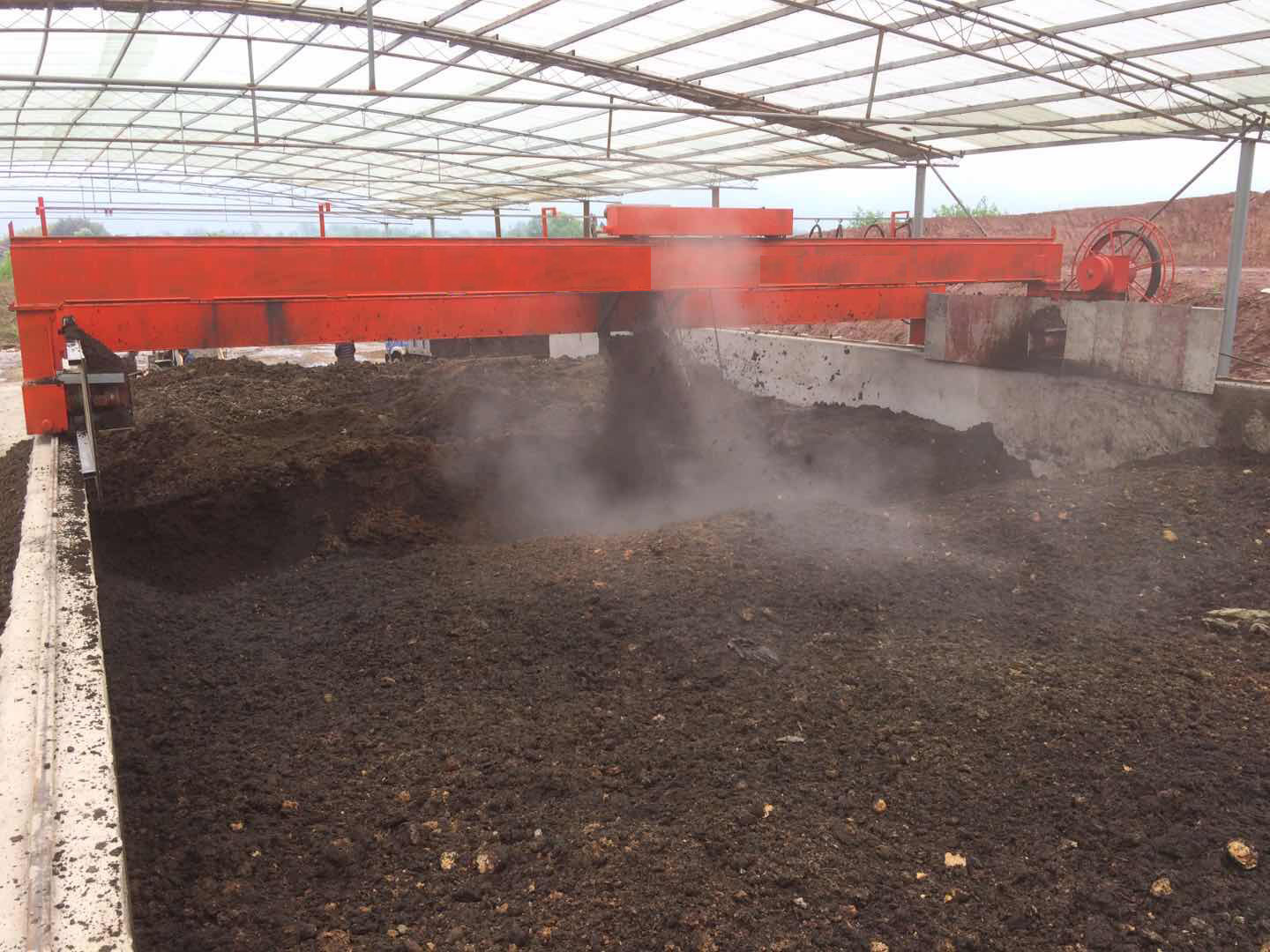Crops prone to molybdenum deficiency:
In addition, rape, cauliflower, corn, sorghum, millet, cotton, sugar beet also have a good response to molybdenum fertilizer.
What are the consequences of blind fertilization?
1. The decline of land power affects the sustainable development of agriculture.
2. The utilization rate of chemical fertilizer is low, and the environment and groundwater are polluted.
3. High cost and low income.
4. High capacity, low quality.
Iron sensitive crops
There are soybean, peanut, sorghum, beet, spinach, tomato, apple and so on.
Application technology of iron fertilizer.Spraying: 0.2% – 1% ferrous sulfate;
Root application: ferrous sulfate and organic fertilizer were mixed in the ratio of 1:10-20 and applied to fruit trees.
High pressure injection: 0.3% – 0.5% ferrous sulfate solution was directly injected into the xylem of tree trunk.

Manganese sensitive crops
Legumes, wheat, potatoes, onions, spinach, apples, strawberries, etc.
Application technology of manganese fertilizer
Spraying: the concentration of fruit trees is 0.3% – 0.4%, legumes is 0.03%, rice is 0.1%.
Seed dressing: 4 grams of manganese sulfate per kilogram of seeds for gramineous crops, 8-12 grams for beans and 16 grams for sugar beets.
Zinc sensitive crops
There are corn, rice, beet, flax, cotton, apple, pear and so on.
Applying zinc fertilizer to these crops usually has good fertilizer utilization efficiency.

Application technology of zinc fertilizer
Base: 1-2kg ZnSO4 per 667m2 could be mixed with physiological acid fertilizer;
Topdressing: 0.02% – 0.1% zinc sulfate solution was applied to common crops, and the concentration in corn and rice was 0.1% – 0.5%;
Seed soaking: 0.02% – 0.1%, soaking for 12 hours;
Seed dressing: 2g-6g zinc sulfate per kg seed.
Boron deficient crops
The current crop vacancy in China is obviously rape, boron beet, cotton, cabbage, cabbage, radish, celery, cucumber, beans, apple, pear, peach, etc.
To master the thechnology for organic and inorganic fertilizer roduction, go to https://fertilizerproductionlines.com/

